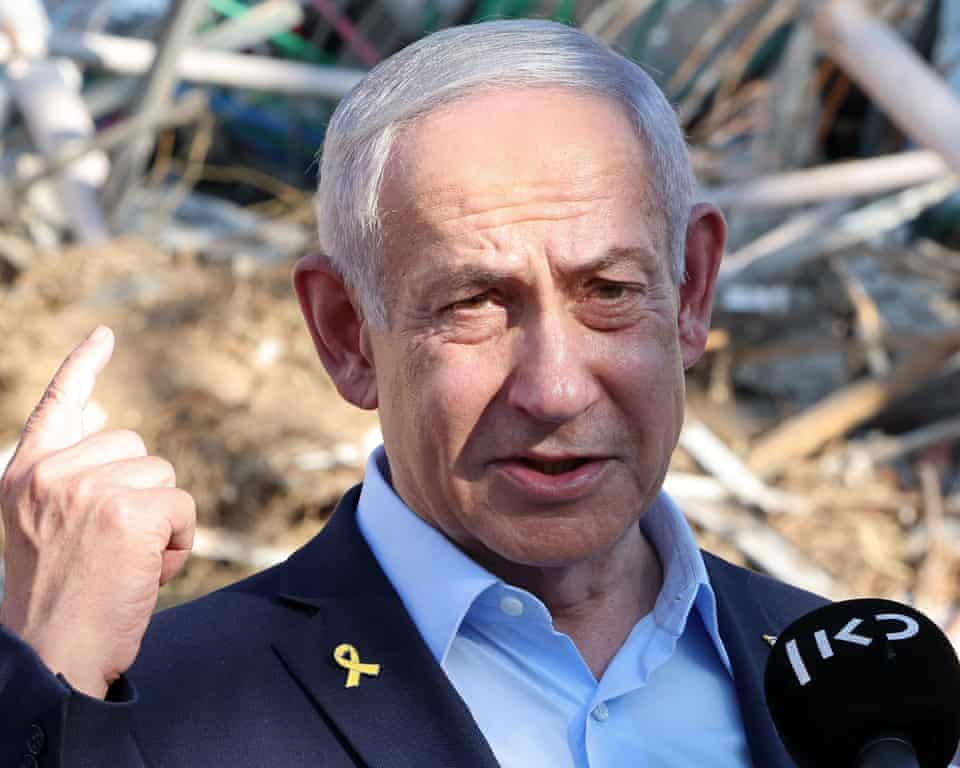A key Israeli security cabinet meeting expected to deliberate Prime Minister Benjamin Netanyahu’s controversial call for the “full occupation” of Gaza has been postponed, amid growing tensions and doubts over the plan’s feasibility.
As ceasefire negotiations with Hamas remain stalled, Israeli officials had previously briefed both local and international media that Netanyahu was weighing an expansive military offensive aimed at seizing full control of the Gaza Strip. This would mark a dramatic escalation in the 22-month-long war against Hamas.
However, the proposal has ignited fierce resistance from senior Israeli military officers and former top commanders, who argue that such a move would endanger the lives of remaining Israeli hostages, risk further international isolation, and place Israel in the untenable position of administering a civilian population still harbouring armed Hamas operatives.
Any steps towards full-scale occupation are likely to draw severe international condemnation. Israel’s ongoing military campaign has already levelled large parts of Gaza, killing more than 60,000 people, most of them civilians,ndisplacing nearly the entire population of over 2 million, and triggering what global hunger monitors have described as a developing famine.
The staggering humanitarian toll has provoked widespread international outrage. Several European nations have threatened to recognise a Palestinian state next month if a ceasefire is not reached, while pressure mounts globally for sanctions against Israel.
The cabinet delay follows reports from Israeli journalists on Monday quoting unnamed sources close to Netanyahu, who claimed the decision for a full conquest was already made. “The die has been cast. We’re going for the full conquest of the Gaza Strip and defeating Hamas,” the sources reportedly said.
Yet, by Tuesday, signs of deep division had emerged between Netanyahu and key figures within Israel’s military leadership, including Chief of Staff Eyal Zamir. Zamir is reported to have voiced opposition to the plan, prompting calls from some political quarters for his removal.
Military analysts echoed scepticism. Writing in Yedioth Ahronoth, defence correspondent Yossi Yehoshua warned: “Hostages … will die, large numbers of IDF [Israel Defense Forces] soldiers will be killed, as well as a serious logistical problem, where to house the roughly 1 million civilians now in Gaza City. Currently, Israel simply doesn’t have legitimacy either to continue to fight in Gaza or to establish a city of refugees on its ruins.”
While Israeli officials have said Netanyahu discussed the plan with the White House, the Trump administration has remained publicly silent. However, comments reportedly made by US envoy Steve Witkoff to families of Israeli hostages suggest Washington’s frustration. Witkoff stated that Trump now believes in an “all or nothing” approach to hostage negotiations, insisting that “everybody should come home at once” rather than through staggered deals.
Where Netanyahu proposal’s rests
Netanyahu’s proposal rests on the assumption that Israeli forces can encircle hostage-holding areas in Gaza and execute rescue operations, a strategy that has largely failed throughout the conflict.
A Palestinian official close to the negotiations suggested that Israel’s aggressive stance may be an attempt to push Hamas into making concessions. “It will only complicate the negotiation further,” the official told Reuters, requesting anonymity. “The resistance factions will not accept less than an end to the war and a full withdrawal from Gaza.”
During a Tuesday visit to Gaza, Israeli Defence Minister Israel Katz proposed a more limited occupation. He insisted Israel would maintain a permanent military presence in a “security buffer zone” in key areas of Gaza, aimed at preventing future attacks and arms smuggling. “This is the main lesson of October 7,” Katz said. “The IDF must stand between the enemy and our communities, not only to fight the enemy, but to separate it from our civilians.”



